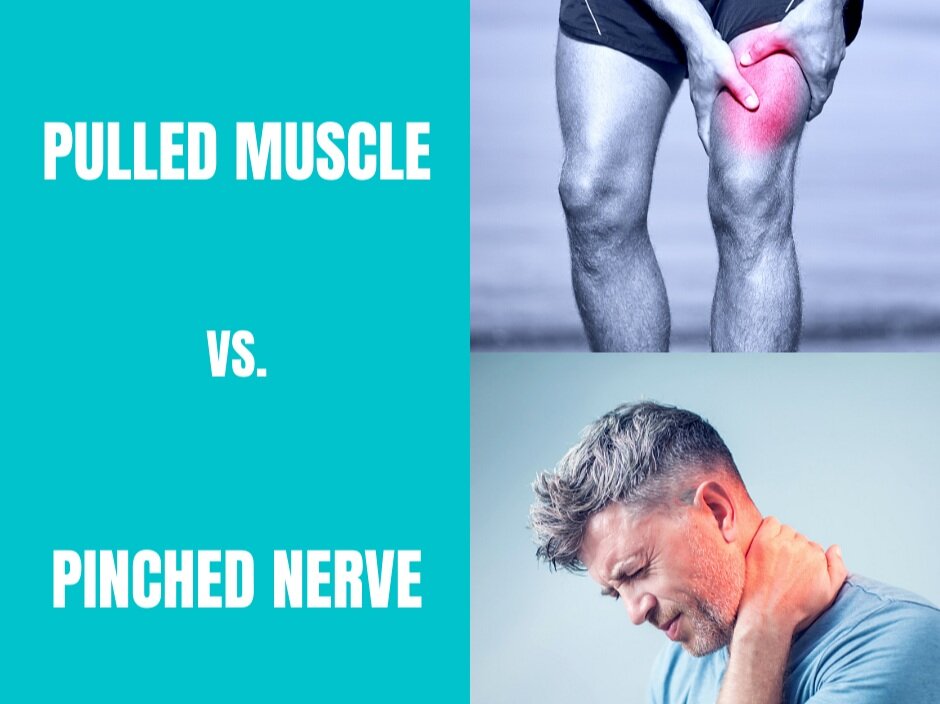Is it a Pulled Muscle or a Pinched Nerve?
Muscles and nerves are susceptible to and common sources of injury in the body. Both a pulled muscle or a pinched nerve can cause severe pain and limit an individual’s function and mobility. It is crucial to recognize the difference between a pulled muscle and a pinched nerve in order to seek the proper treatment in a timely manner.
Signs & Treatment of a Pulled Muscle
A pulled muscle occurs when the muscle is forcibly stretched and overextended beyond its normal capabilities. A pulled muscle normally results from overuse, improper form during a workout, lifting an object that is too heavy, and failing to warm up and cool down before and after exercise.
Tightness and soreness
Swelling in pulled area
Dull aching in muscle
Stiffness and weakness in muscle following injury
Muscle may feel knotted up
Tender, throbbing sensation
Localized pain in the muscle itself
Pain when move and use muscle
If you have pulled a muscle, be sure to rest the affected area initially and ice the injury for 20 minutes each hour. You can also elevate the muscle and wrap the affected area with an elastic bandage to reduce swelling. After a few days, you can use heat on the affected area. If the pulled muscle does not improve, consult with a physical therapist who can target the muscle with pain-reducing modalities and stretching and strengthening exercises to regain range of motion, flexibility, and mobility.
Signs of a Pinched Nerve
A pinched nerve occurs when too much pressure (compression) is applied to a nerve by surrounding tissues, which restricts the nerve and disrupts its function. When a nerve is pinched, the flow of nutrients to the nerve is reduced and the nerve membrane begins to lose its ability to transmit sensation to the brain. This causes the tingling, numbness, and radiating pain associated with pinched nerves.
Pinched nerves can occur:
when the nerve exits the spine by a herniated disc, spinal stenosis, or a bone spur, which compress the nerve root
in the carpal tunnel due to swollen wrist tendons or ligaments
in the back when a nerve in the lower part of the spine is compressed, causing sciatica pain (radiating pain from low back through the leg)
in the neck causing shoulder pain and sharp pain, weakness, and tingling in one arm
due to a muscle spasm or strain that applies pressure to the nerve
due to trauma to the nerve
Tingling and “pins and needles” sensation
Sharp, burning pain
Numbness
Sudden bouts of weakness
Pain that radiates to other areas of the body
No swelling
Increase of discomfort when sleeping
Tends to be chronic and lasts for extended period of time
Located most often in arms, hands, legs, feet, back, and neck
If you are experiencing a pinched nerve, rest, alternate ice and heat to relieve pain, and engage in gentle stretching and movement. It is critical to see your physical therapist to safely reduce pinched nerve pain and gradually restore movement and function in the affected area.
Both a pulled muscle and a pinched nerve can cause severe pain and limited mobility. Be sure to visit your physical therapist if you think you are experiencing any of these conditions so that you can receive the appropriate treatment in a timely manner and prevent long-term chronic pain.
